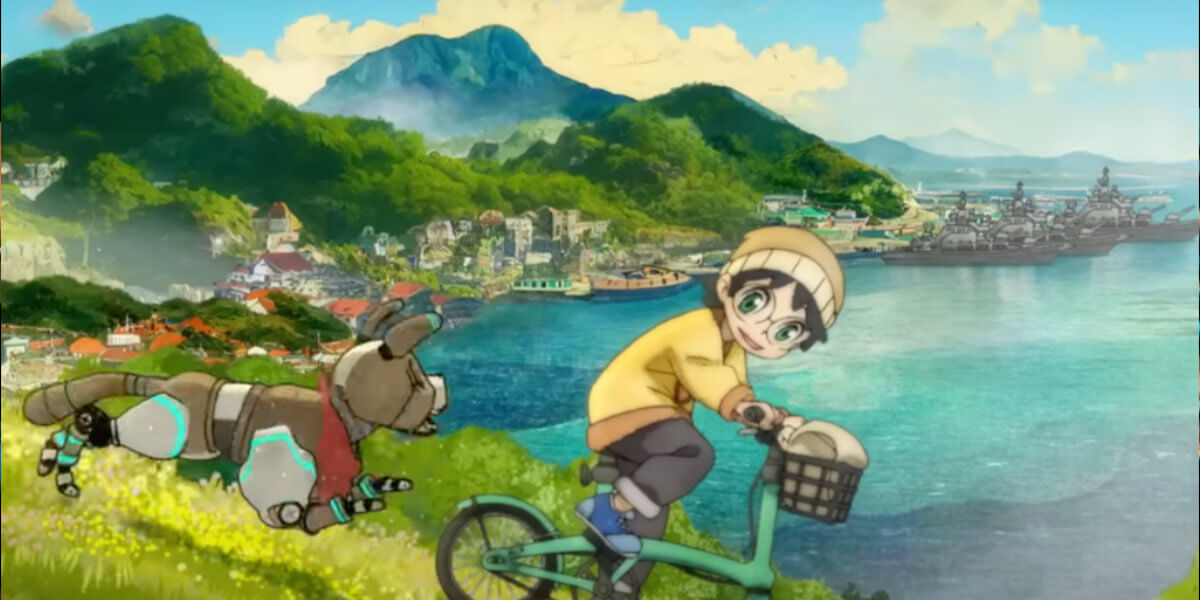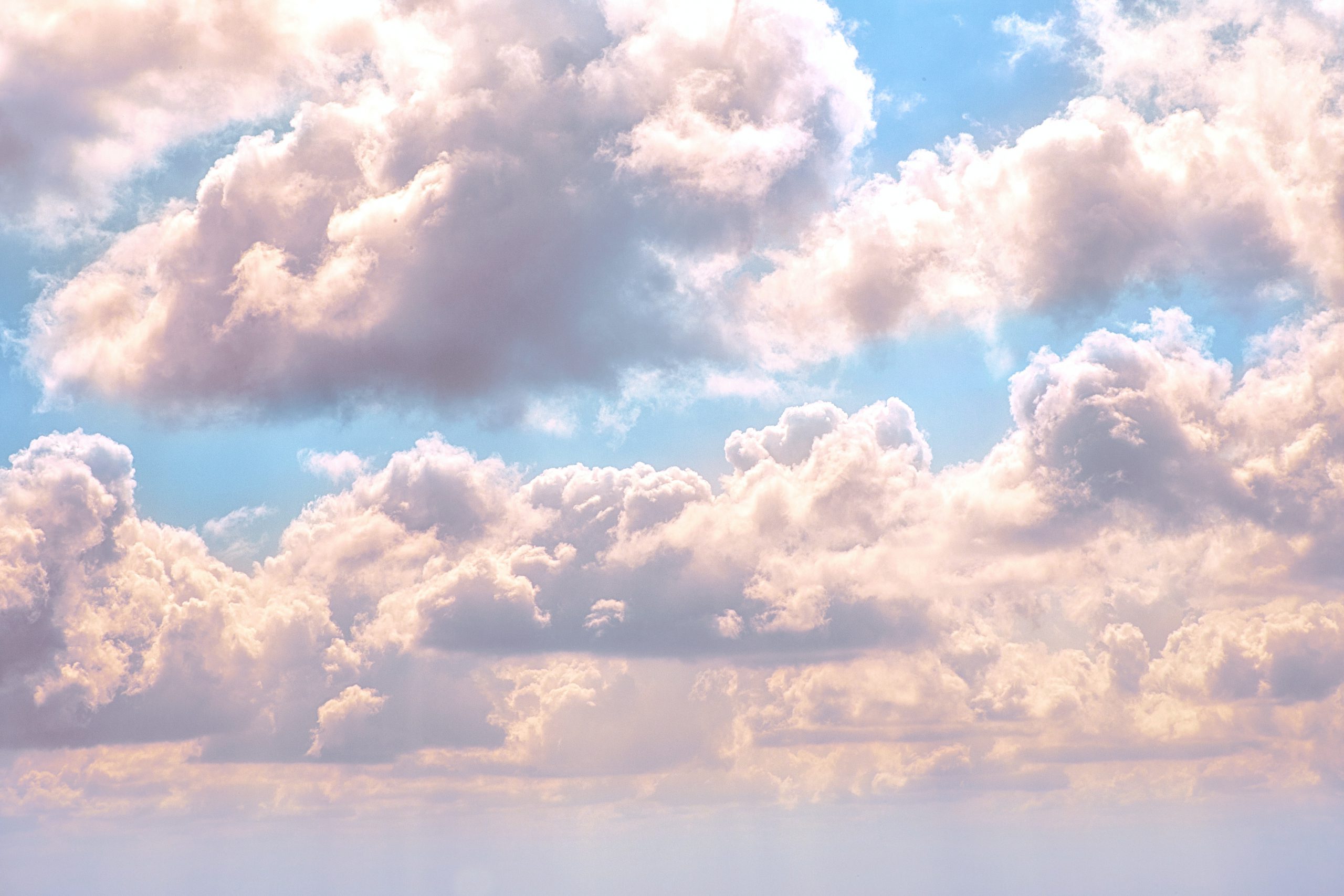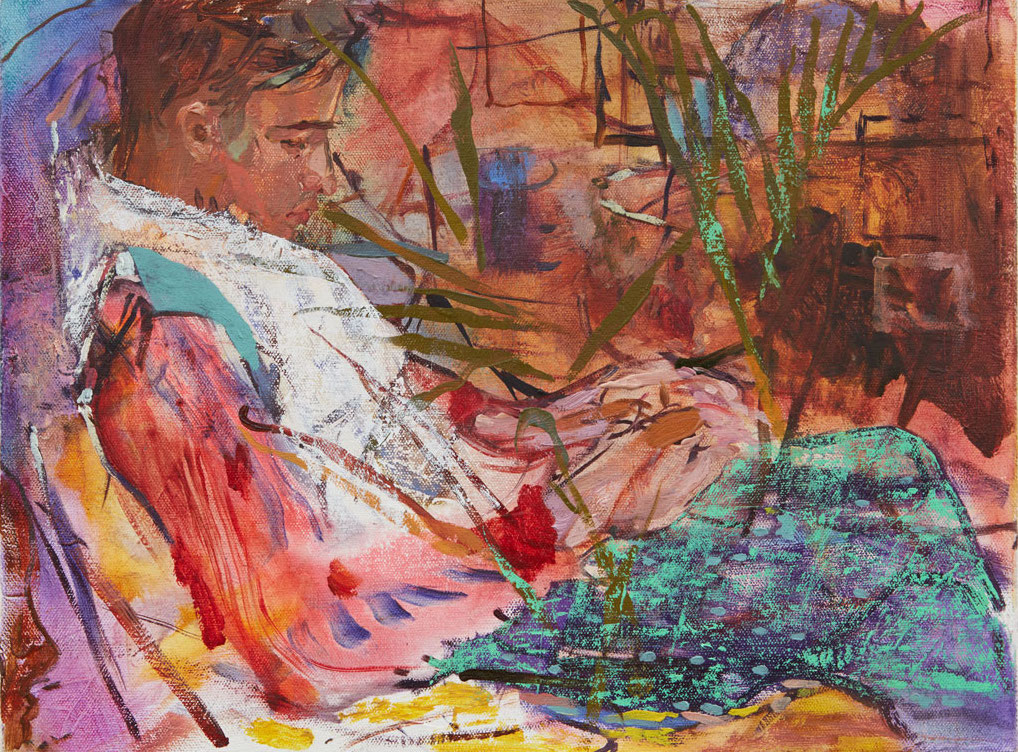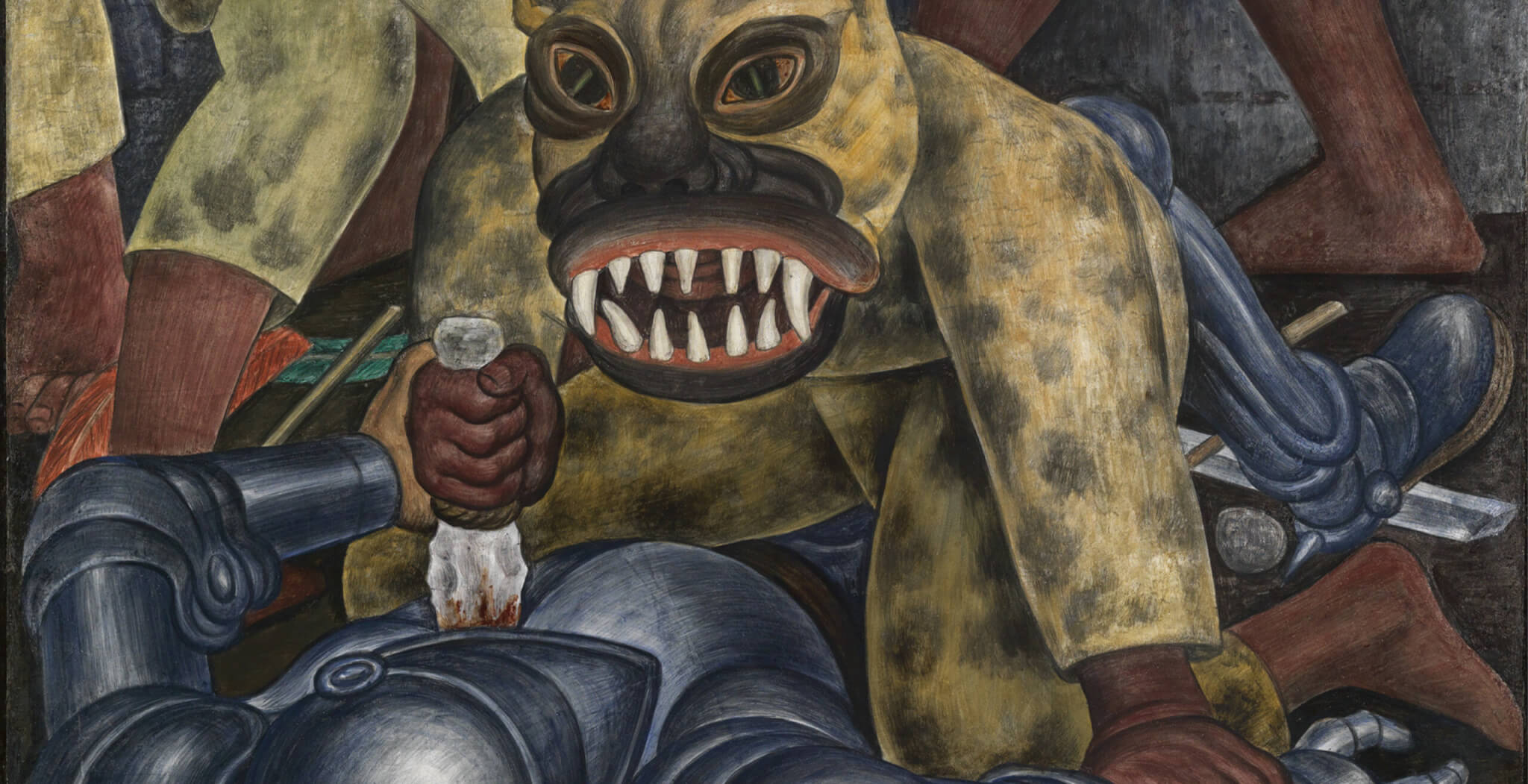AI vs. Human Creativity: Can Artificial Intelligence Replace Creators?
The ubiquity of AI technology is undeniable, permeating various aspects of our lives. From envisioning Harry Potter characters as Balenciaga’s models to the triumph of AI-generated images in photography contests, and even the emergence of AI-produced cover letters and illustrations for commercial purposes, this technology has become omnipresent. But how do we truly feel about its omnipresence?
Not long ago, Midjourney and other generative AI programs created collages and hyperrealistic images that fell far short of winning awards or accolades. Today, however, AI-generated visuals are taking the internet by storm. Headlines herald the eerie progress of this technology, signaling that what was once a fear of the future has become a fear of the present—artificial intelligence is encroaching upon our very ability to be creative.
For many years, we have recognized that intelligent systems can analyze vast amounts of data, facilitating decision-making, streamlining processes, and reallocating resources in fields like healthcare, finance, and transportation. These machines have been programmed to excel in engineering, mathematics, sciences, and linguistics, enabling them to identify patterns and solve complex problems through automation. But what happens when AI becomes a wellspring of creative output as well?
While many reassure us that humans will not be replaced by AI, numerous cases suggest otherwise. Consider the recent story of illustrator Zhang Wei, who had been commissioned to create 65 sketches for a novel—a job he had been fulfilling for eight years. The company was initially satisfied with the first draft and promptly paid for it. However, to save time and money, they decided to subscribe to an AI program, which utilized Zhang’s drawings as a reference to generate subsequent sketches. Not only did the AI program effortlessly replace Zhang’s services, but according to Zhang, it also produced a rather commendable result.
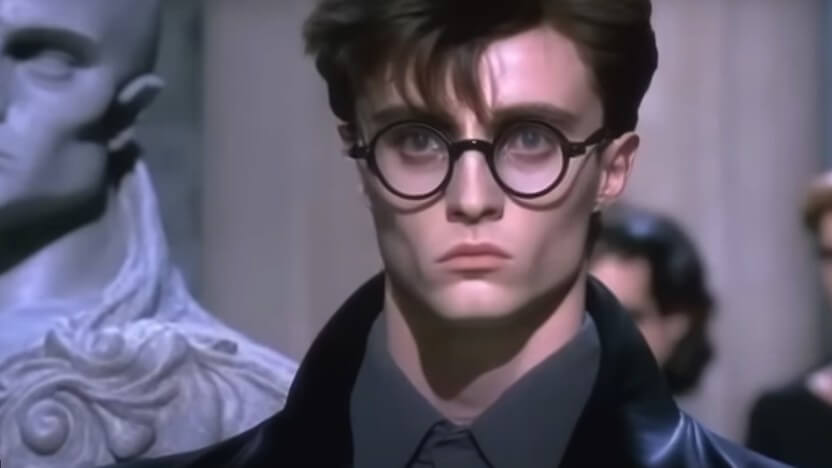
Cases like this are seeping into the collective consciousness of the internet, instilling a sense of panic among creators. The technology holds the potential to mass-produce visuals almost as skillfully as humans, but at a fraction of the time and resources. For instance, Netflix Japan recently admitted to using AI for the background art in the short film “The Dog and the Boy.” This revelation sparked considerable backlash, as Japanese animation workers, who play a crucial role in setting the scene’s tone, felt threatened by automation, despite their exceptional skills.
Consequently, a pressing question arises: Can AI replace creators? The answer is both yes and no, to some extent, probably, and not really. AI systems operate based on the information they receive, relying on the preexisting knowledge and content created by humans. In other words, without the artistic output that fuels these machines, AI programs would be unable to generate artworks or illustrations. Take the example of Matisse and the vast repository of his artworks accessible to the public. Anyone seeking to create an image in Matisse’s style can do so instantaneously. This is precisely why the fashion video featuring Harry Potter and Balenciaga turned out so remarkably well—AI programs have an abundance of references to generate such refined pieces.
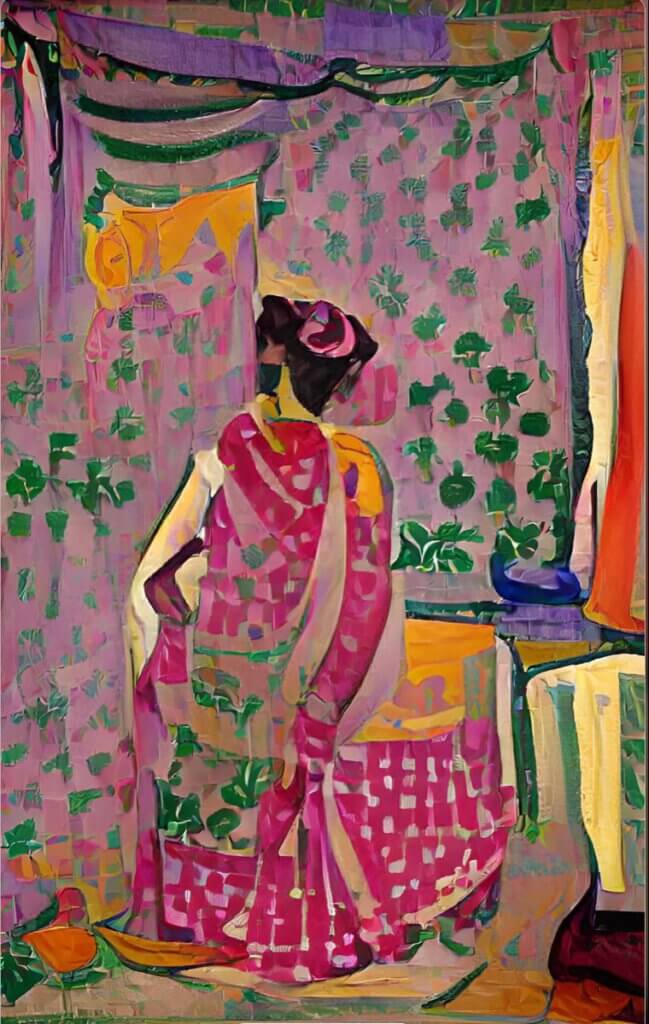
However, this also means that machines are not inherently creative and cannot produce original works. Their purpose is not to be creative or more human, but to optimize processes that catalyze human creativity. Nevertheless, as AI becomes increasingly sophisticated and threatens to replace many creators, a more significant question looms: Who holds the rights to AI-generated content, which draws heavily from preexisting works? Many argue that copyright should be bestowed upon the artists whose work proves most influential. But how does this translate into financial compensation? Ultimately, regardless of the financial arrangements, those utilizing generative systems are likely to reap the benefits—saving time and money while obtaining the desired content for their businesses.
While much of the discussion revolves around how AI endangers skilled individuals, some argue that the conversation should focus on how AI offers tools to democratize and enhance creativity. By emulating abilities that many lack access to, AI lowers the daunting barriers and provides the means to acquire new skills. Both of these perspectives are crucial to contemplate, for they represent opposite sides of the same conversation. What remains paramount, however, is the recognition that AI is here to stay, and it is incumbent upon us to establish ways in which we can adapt to the available technology—by acquiring new skills and defining new categories for AI collaborations. Competition will undoubtedly intensify, and numerous jobs may become obsolete, but creativity will never become AI’s sole occupation.
*Header image: ‘The Dog and the Boy’ by Netflix Japan








